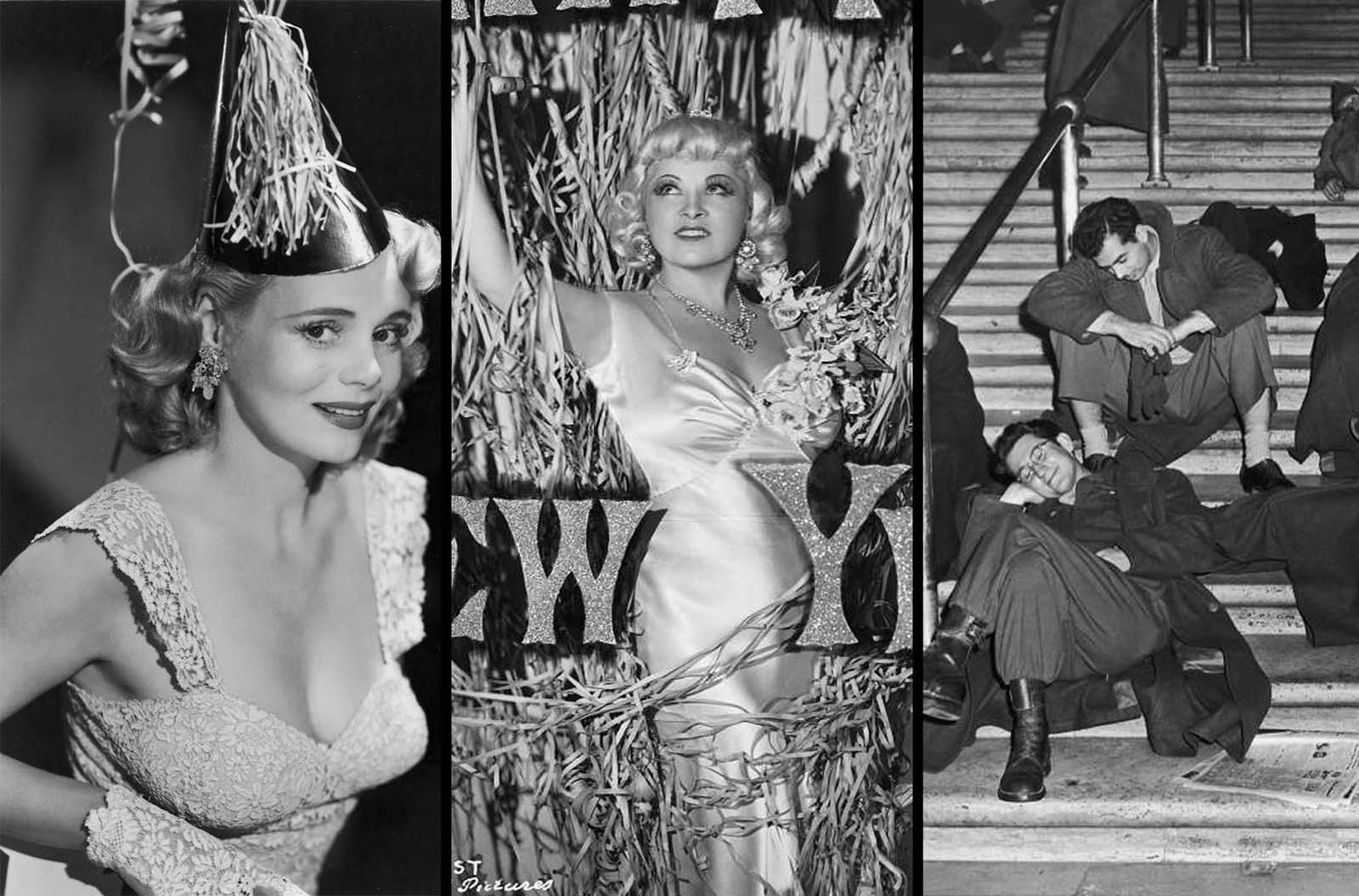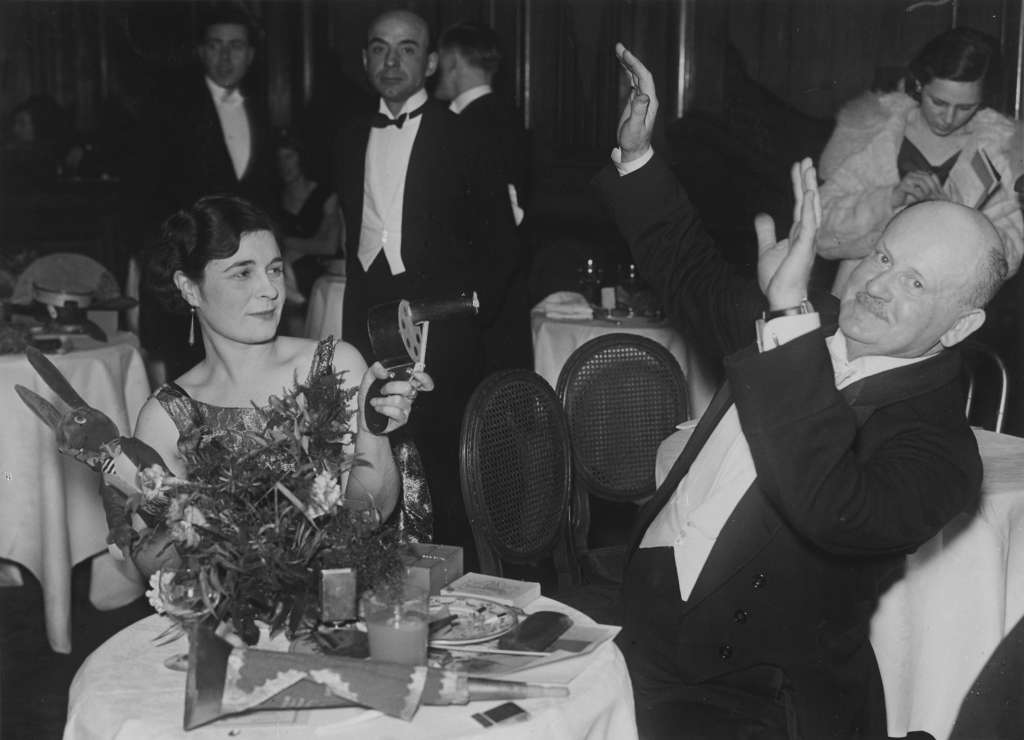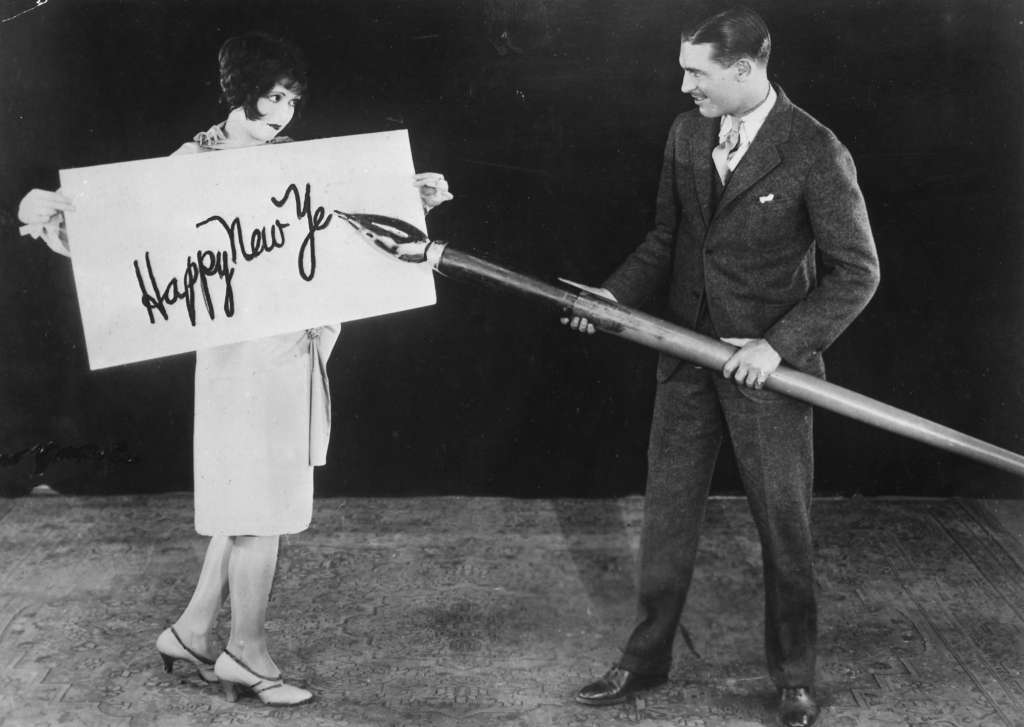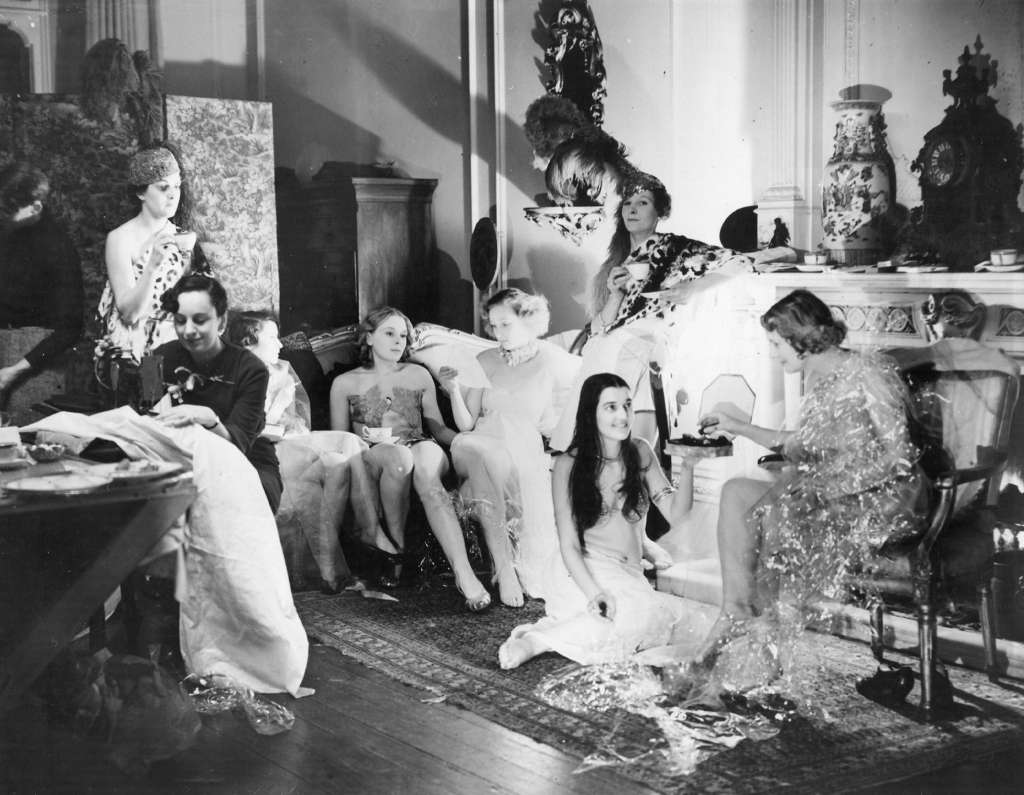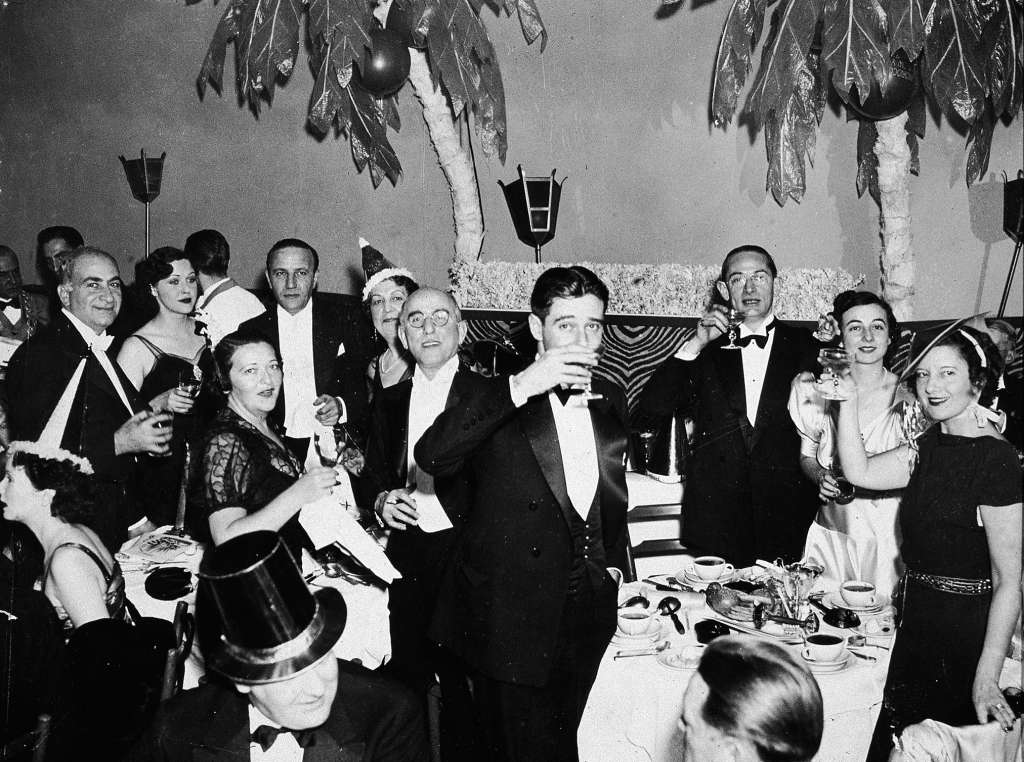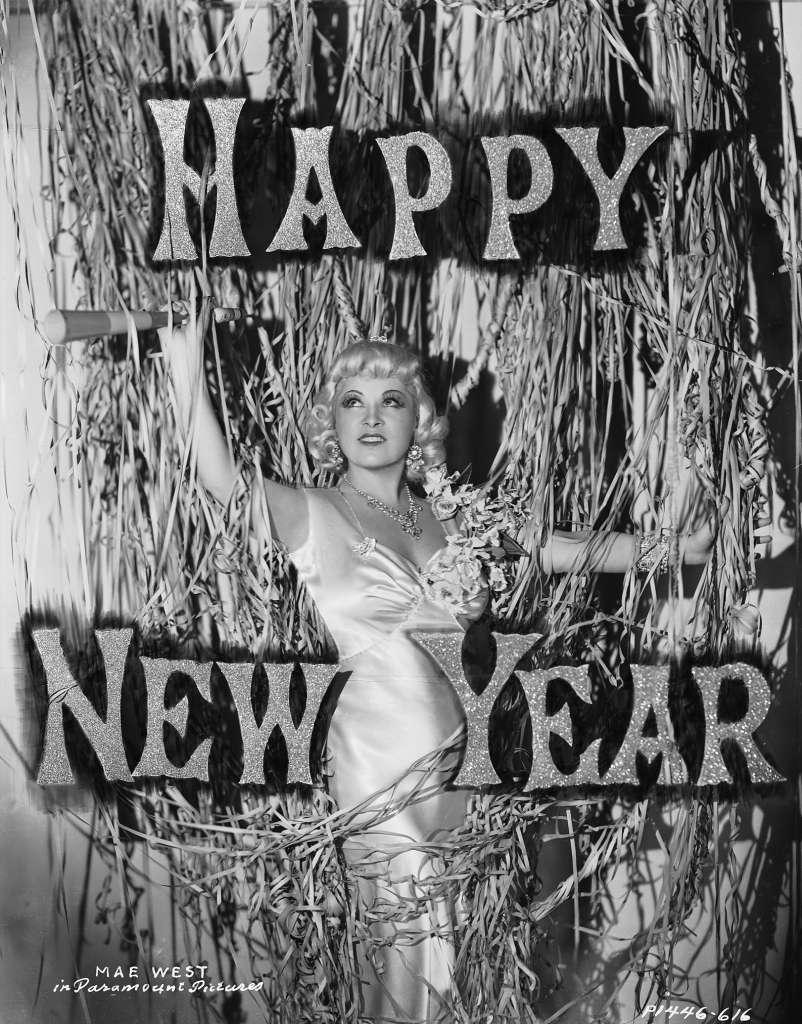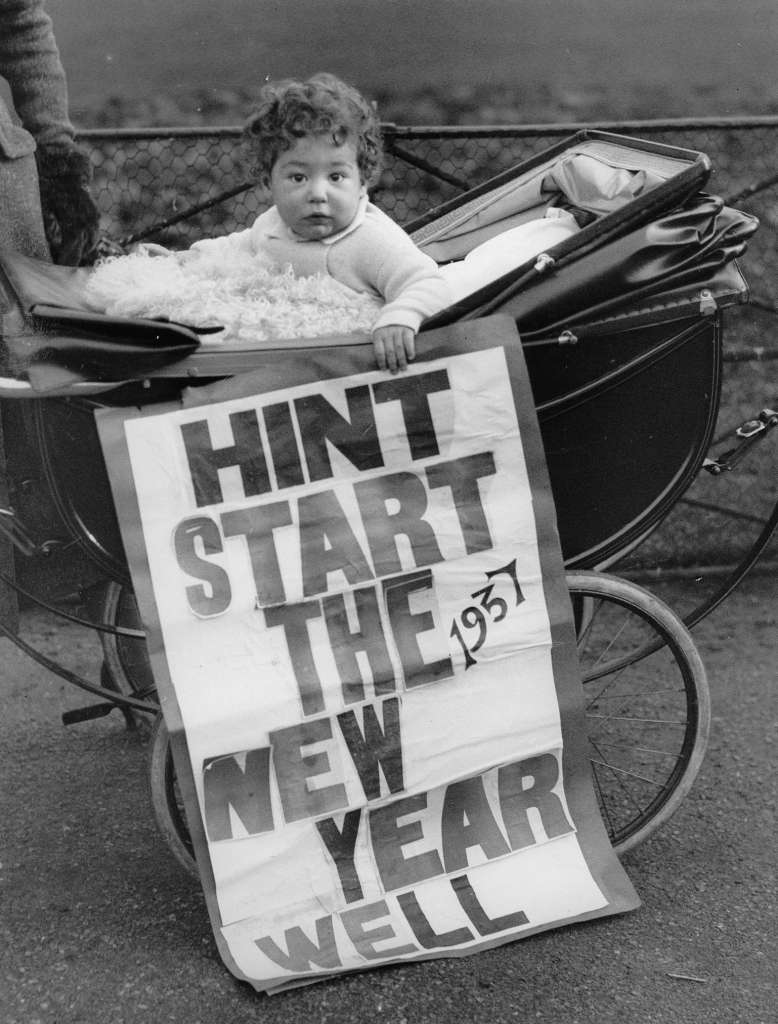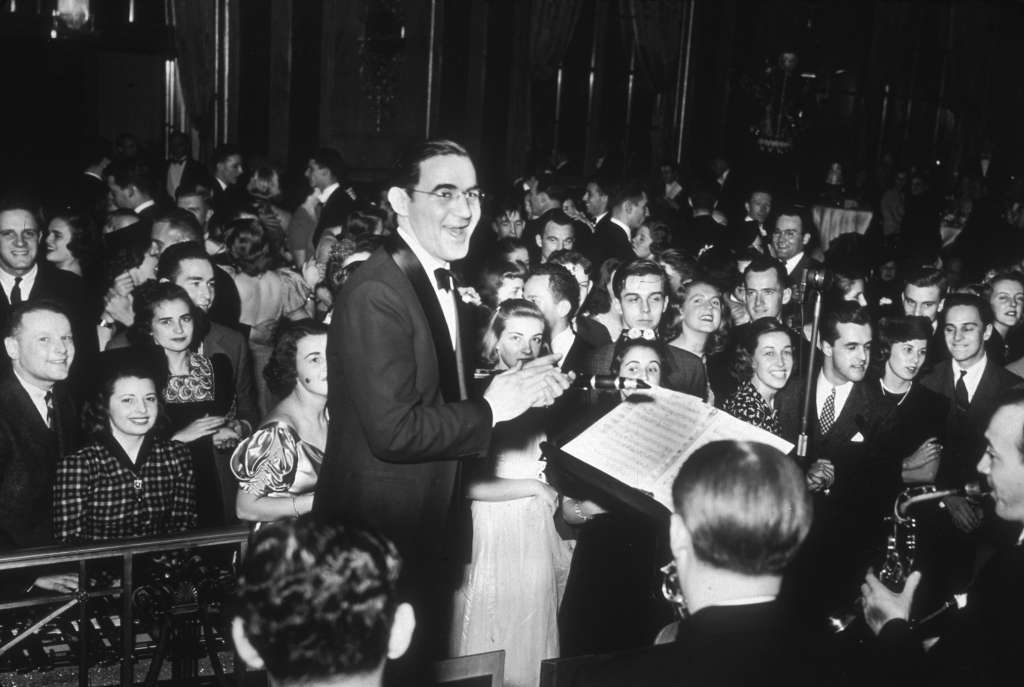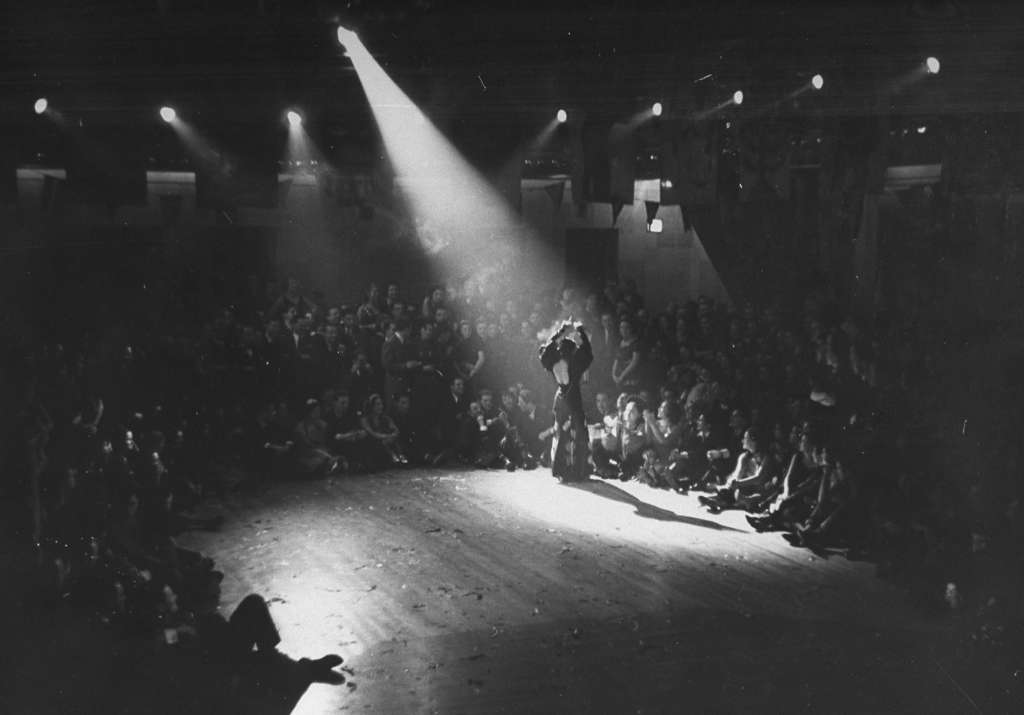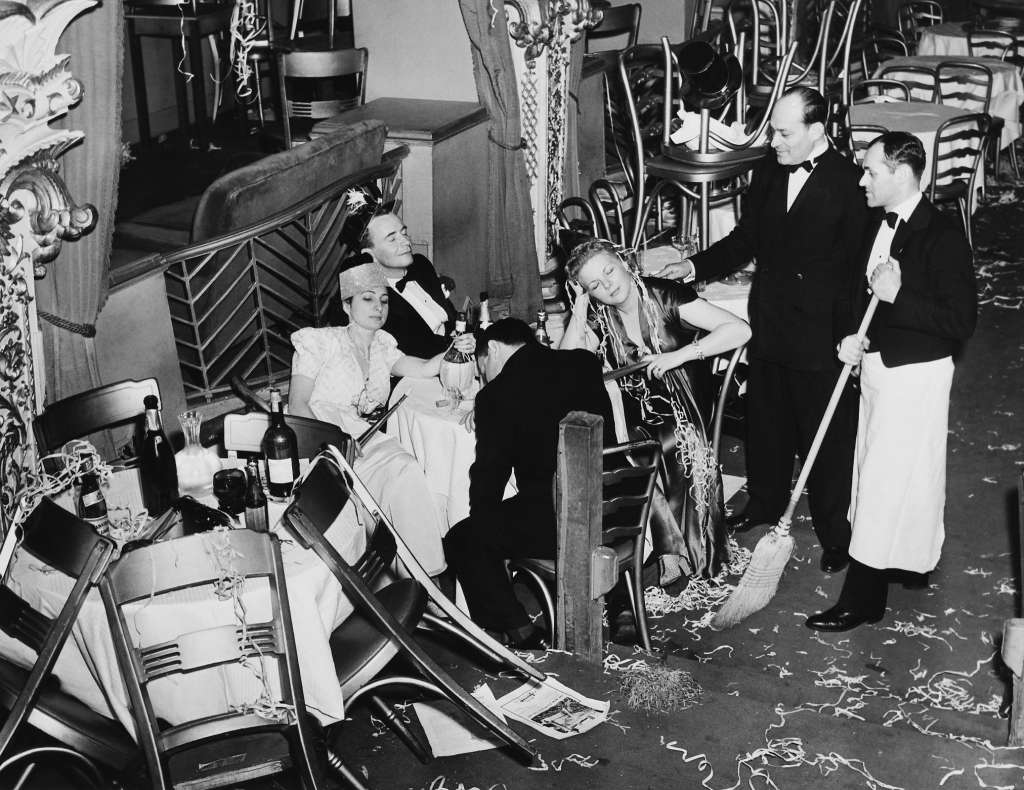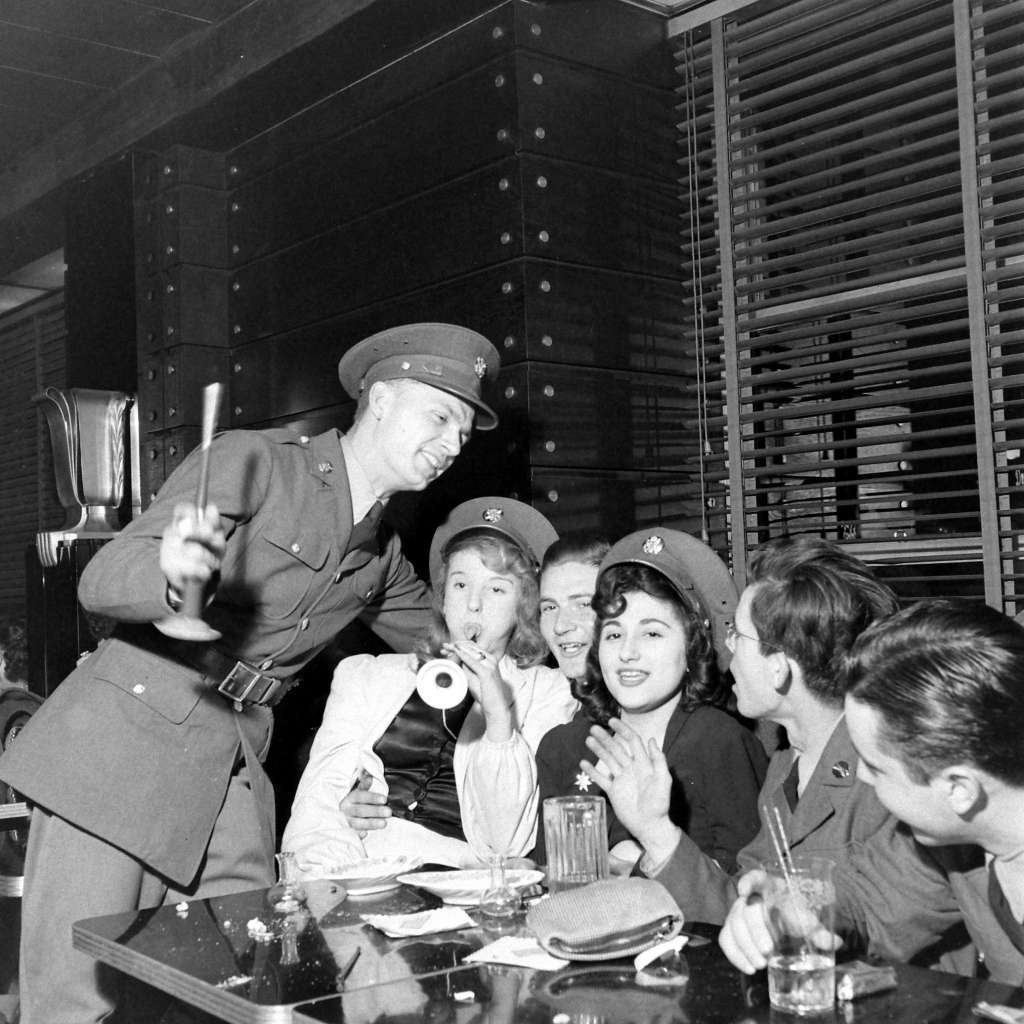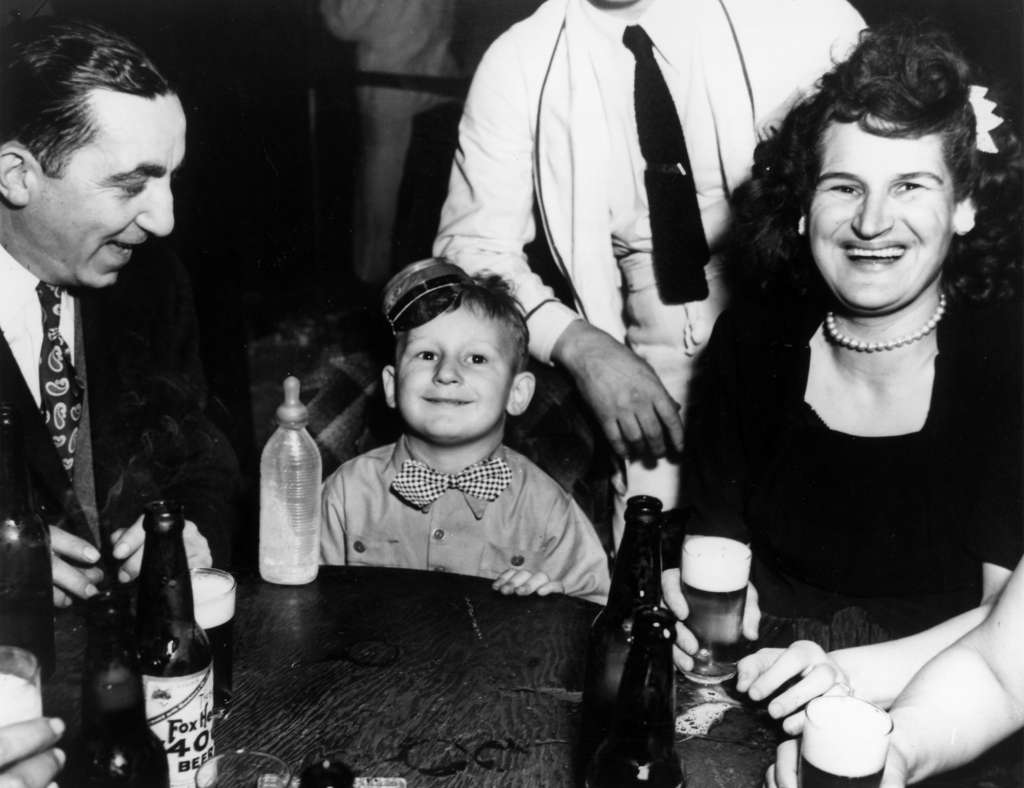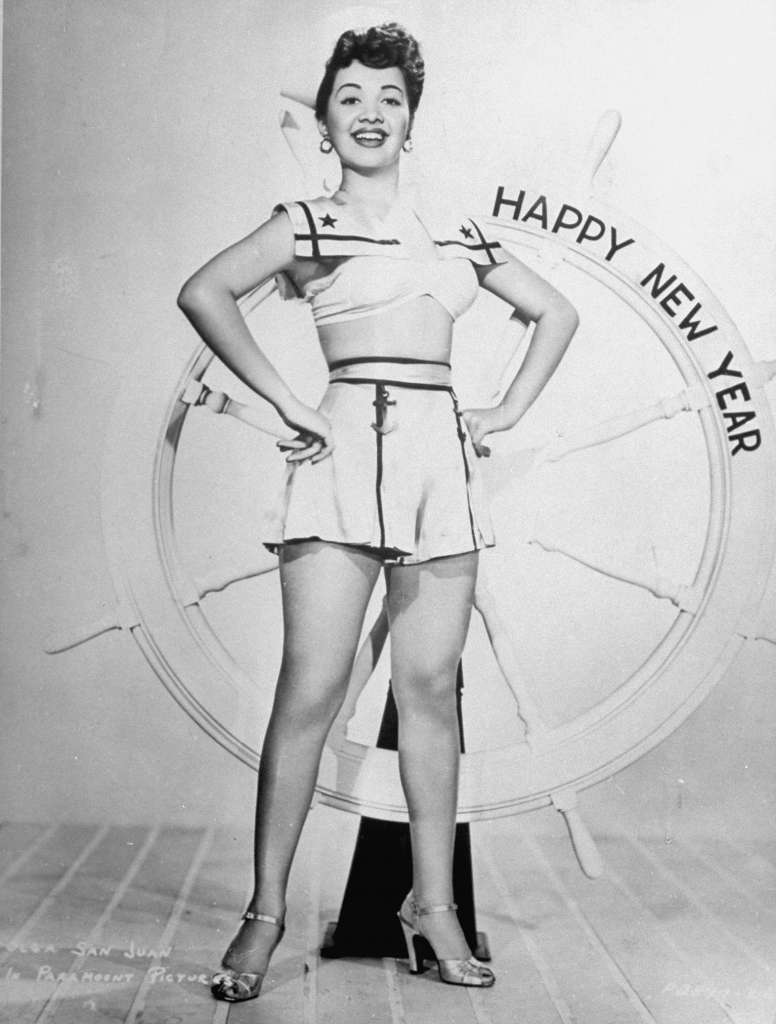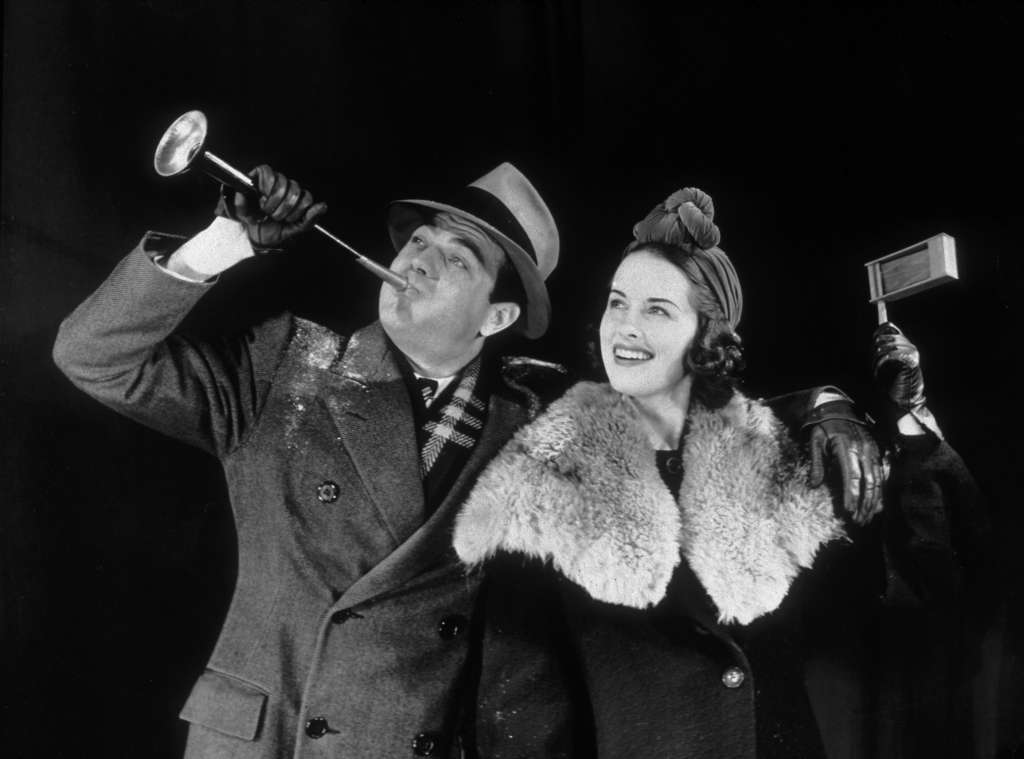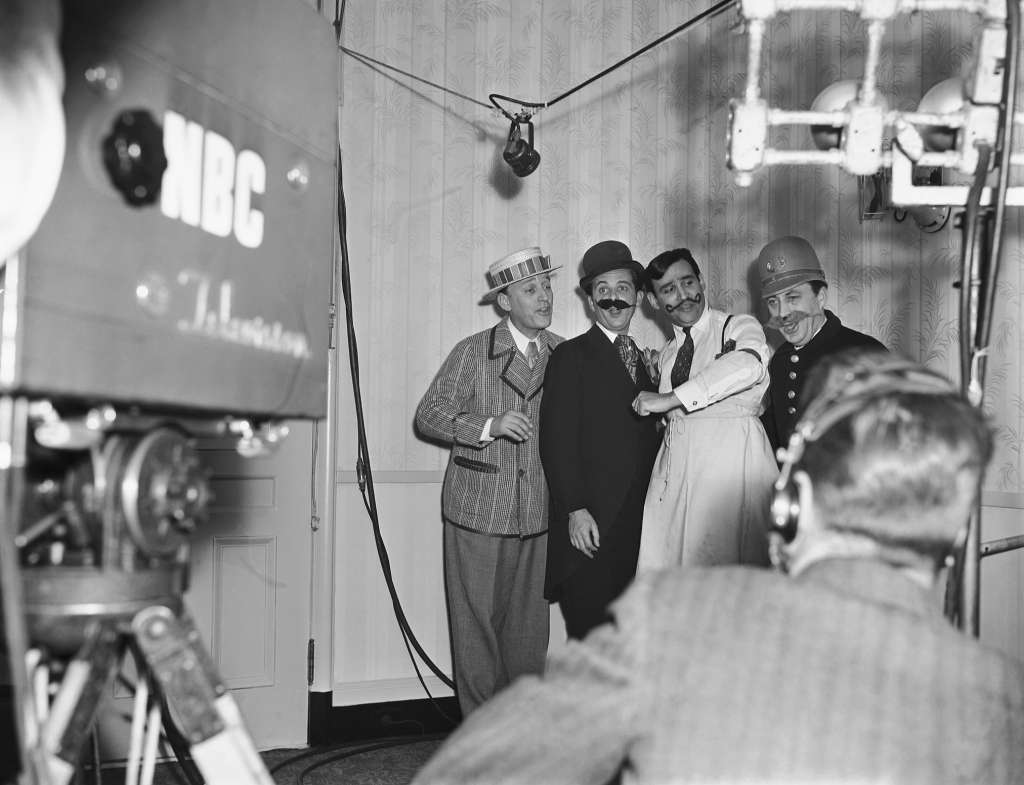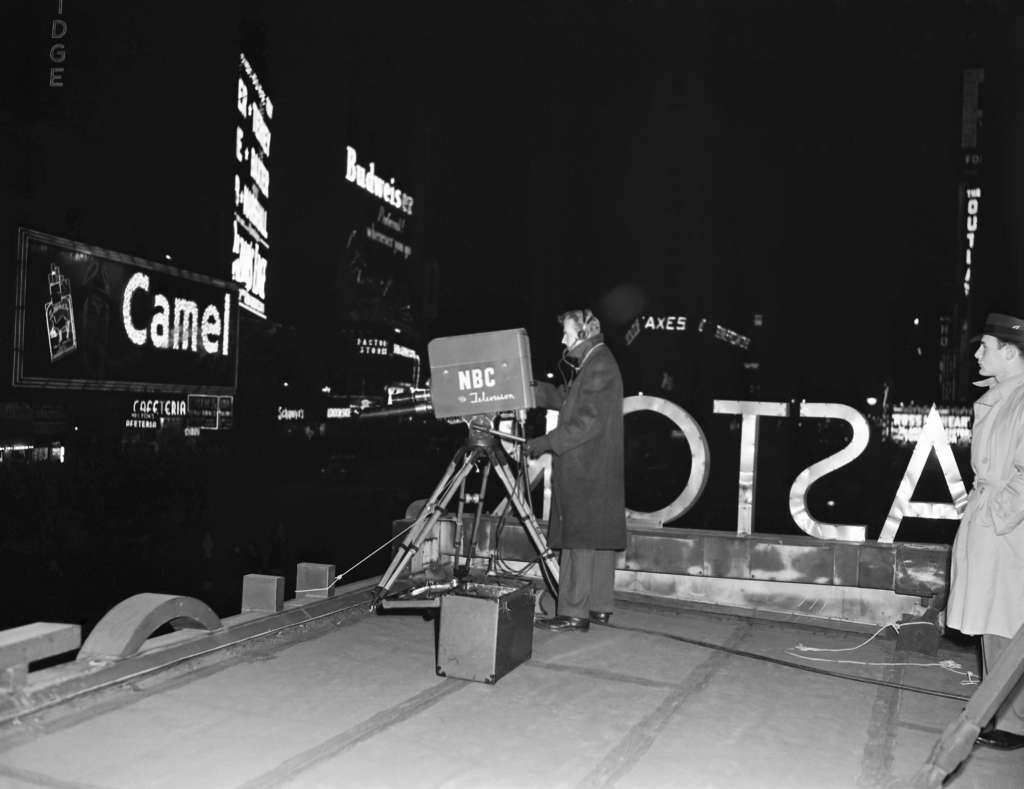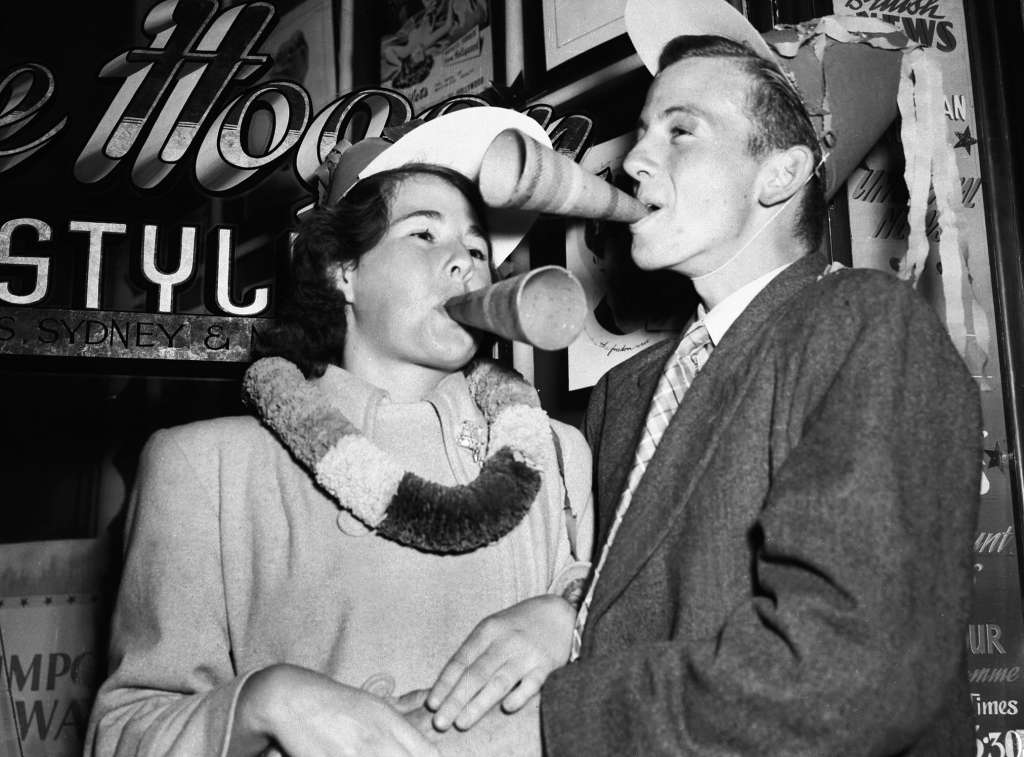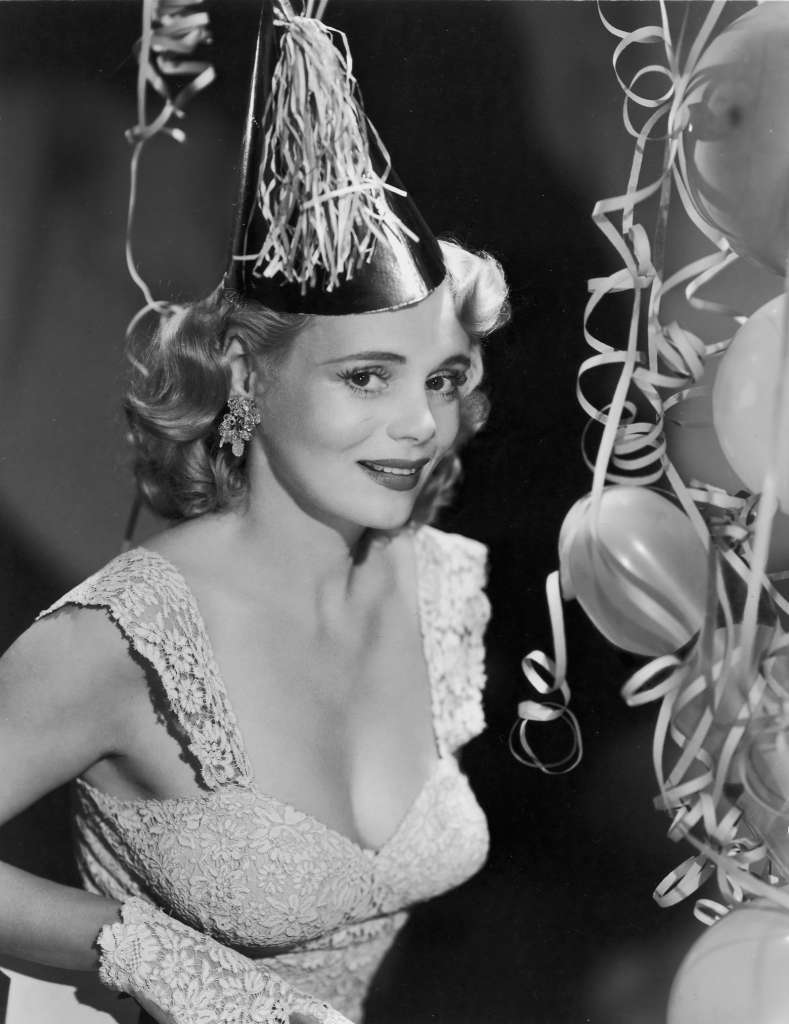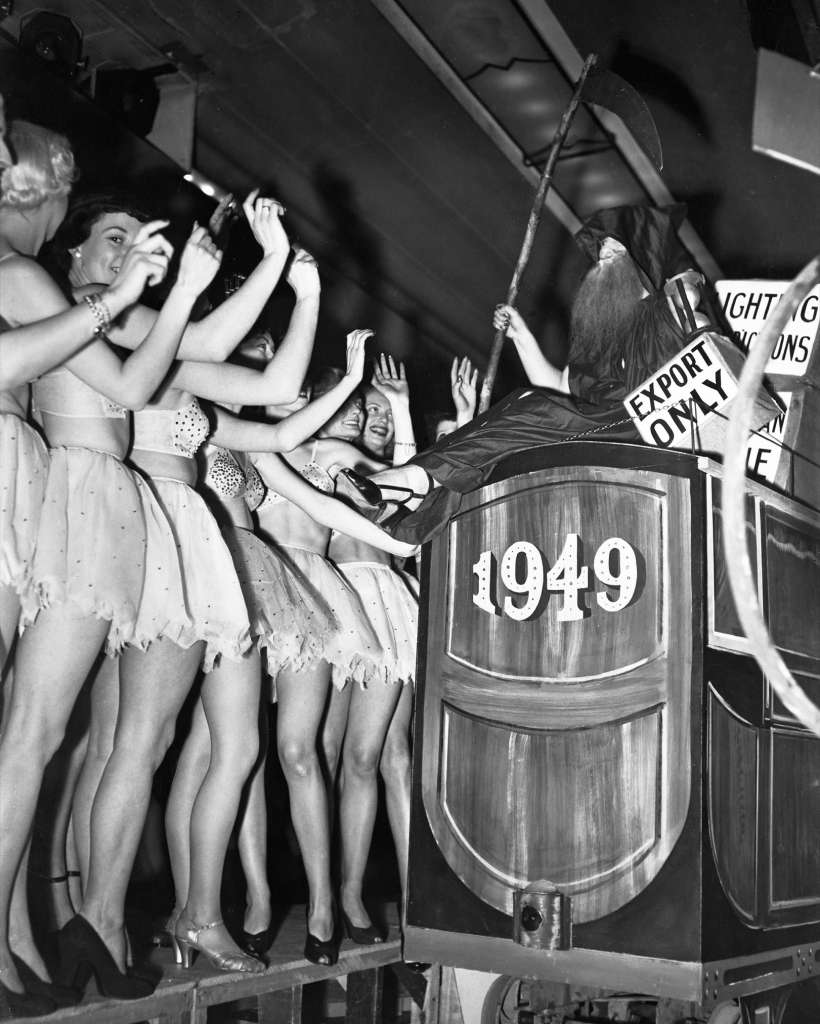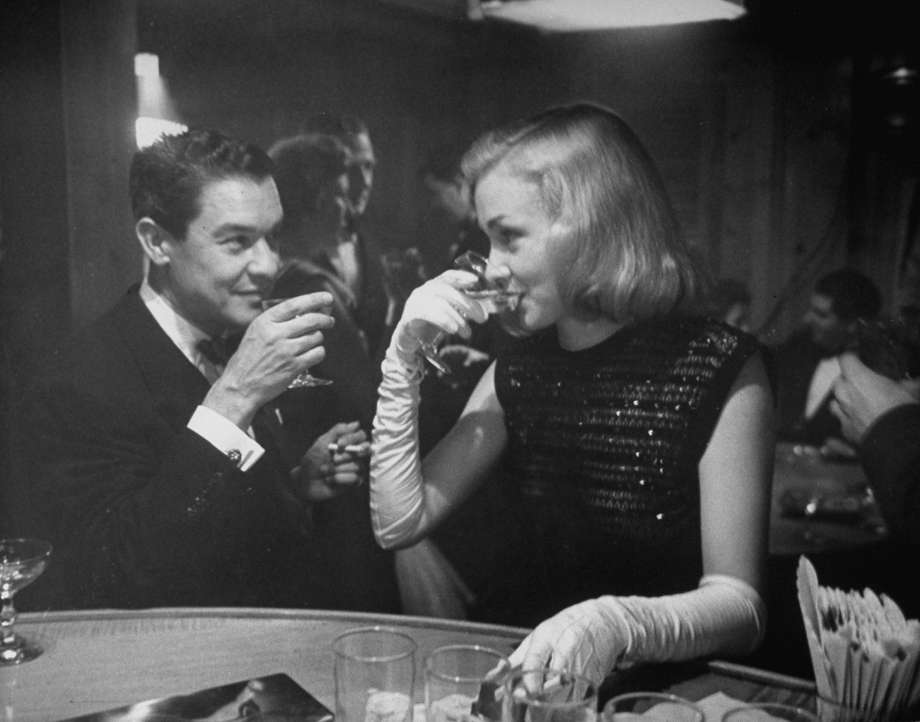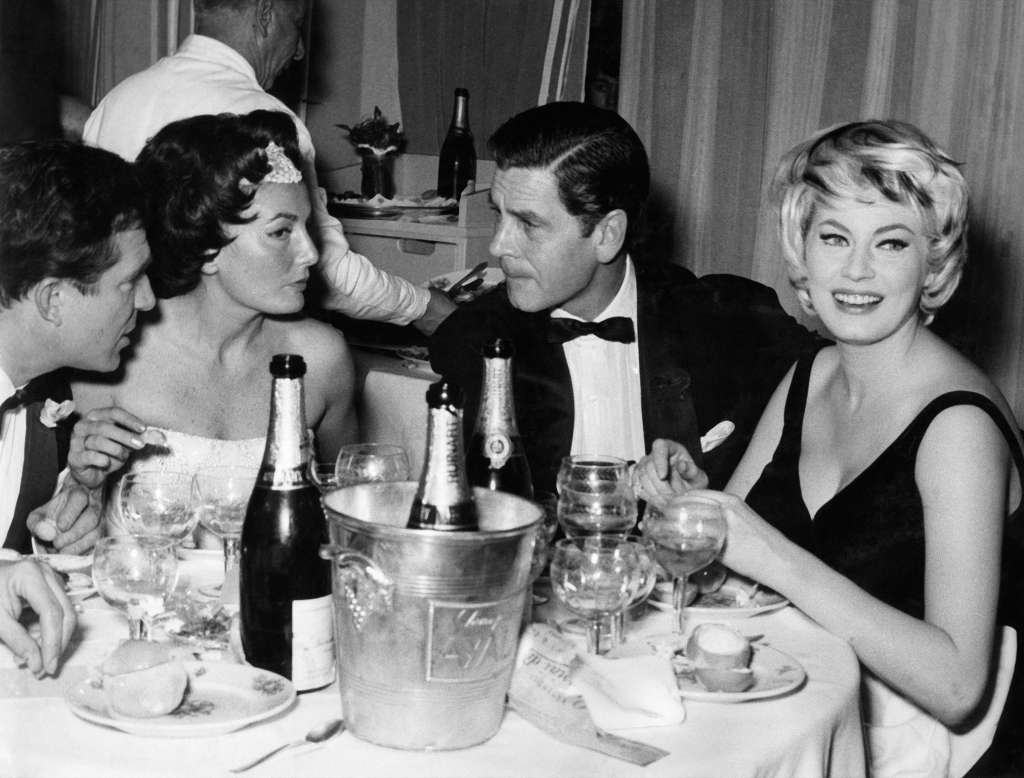In many countries, New Year’s Eve is celebrated by dancing, eating, drinking, and watching or lighting fireworks. The celebrations generally go on past midnight into New Year’s Day, 1 January. In the United States, New Year’s Eve is celebrated via a variety of social gatherings, and large-scale public events such as concerts, fireworks shows, and “drops”—an event inspired by time balls where an item is lowered or raised over the course of the final minute of the year. The earliest known record of a New Year festival dates from about 2000 BCE in Mesopotamia, where in Babylonia the new year (Akitu) began with the new moon after the spring equinox (mid-March) and in Assyria with the new moon nearest the autumn equinox (mid-September). For the Egyptians, Phoenicians, and Persians the year began with the autumn equinox (September 21), and for the early Greeks, it began with the winter solstice (December 21). On the Roman republican calendar, the year began on March 1, but after 153 BCE the official date was January 1, which was continued in the Julian calendar of 46 BCE. In early medieval times, most of Christian Europe regarded March 25, the Feast of the Annunciation, as the beginning of the new year, although New Year’s Day was observed on December 25 in Anglo-Saxon England. William the Conqueror decreed that the year begins on January 1, but England later joined the rest of Christendom and adopted March 25. The Gregorian calendar, adopted in 1582 by the Roman Catholic Church, restored January 1 as New Year’s Day, and most European countries gradually followed suit: Scotland, in 1660; Germany and Denmark, about 1700; England, in 1752; and Russia, in 1918. Many of the customs of New Year festivals note the passing of time with both regret and anticipation. The baby as a symbol of the new year dates to the ancient Greeks, with an old man representing the year that has passed. The Romans derived the name for the month of January from their god Janus, who had two faces, one looking backward and the other forward. The practice of making resolutions to rid oneself of bad habits and to adopt better ones also dates to ancient times. Some believe the Babylonians began the custom more than 4,000 years ago. These early resolutions were likely made in an attempt to curry favor with the gods. Symbolic foods are often part of the festivities. Many Europeans, for example, eat cabbage or other greens to ensure prosperity in the coming year, while people in the American South favor black-eyed peas for good luck. Throughout Asia, special foods such as dumplings, noodles, and rice cakes are eaten, and elaborate dishes feature ingredients whose names or appearances symbolize long life, happiness, wealth, and good fortune. Because of the belief that what a person does on the first day of the year foretells what he will do for the remainder of the year, gatherings of friends and relatives have long been significant. The first guest to cross the threshold, or “first foot,” is significant and may bring good luck if of the right physical type, which varies with location. Public gatherings, as in Times Square in New York City or in Trafalgar Square in London, draw large crowds, and the countdown to the dropping of an electronic ball in Times Square to signify the exact moment at which the new year begins is televised worldwide. (Photo credit: Wikimedia Commons / Library of Congress / Britannica / Py / Flickr). Notify me of new posts by email.
Δ Subscribe
